Adopting an older dog is a very noble act and while most people prefer puppies, it is common for them to stay the last choice in the shelter.
Once you decide to adopt it, it is preferable to train it. But is it possible to train an older dog without a crate?
In this article, we bring you some of the most useful tips on house training an older dog without a crate. Learn also why it is better to adopt an older dog and more useful and intresting things.


Why Adopt an Older Dog?
If you want to make something good and have a dog, think about adopting one older from the shelter. Older dogs sound like a challenge to train and learn about your way of life. Yet, it doesn’t mean it is wilder or more problematic than a puppy. Usually, a grown-up dog has some experience with living with people, only if it was a special case and has some trauma from before. There are many reasons why you should adopt an older dog.
First, your furniture will remain untouched. Older dogs have less energy and usually use it for walking outside or playing with you. Because of that, it won’t take damage when you are out. What is more, it is usually used for going out and won’t use carpets for peeing. Second, they are calmer and you still can train them. On the other hand, they usually have a better temperament, but more importantly, they need your help. This means that you will easily connect with them. What is more, having an older dog can be a very therapeutic experience since it still needs a home and you will feel better. The older dog, depending on its age when you take it, still has years to live and can have an energetic and fulfilled life. What is a good side, is that they won’t cry in the night or take too much of your time. If you haven’t had a puppy before, this is a good way to teach you how to live with a dog.
Is It Possible To House Training An Older Dog Without A Crate?
It is well-known that you need to train puppies if you want to have an obedient dog. Yet, if you adopt an older dog, you should train it to get used to the environment. You should be aware that older dogs have different needs, especially around behaving and food, so be sure that you know the best grass for dogs to eat. Not only food but some behaviour and reaction differ from a puppy, like the ability to bite you. Be aware of its strength and adjust training to it.
Older dog training depends on their previous experience. If it is used to live near humans, there is a big possibility of getting used to new family and rules quickly. Yet, if it had some trauma or negative experience, you may put more energy and patience into its behaviour. Older dogs are usually easier to train since they have more self-control and tend to understand your behaviour better. Like with a puppy, you should be patient and repeat actions for them to remember. Dogs older than 5 years may be a bit slower, especially if they are much older than that. Still, repeating and having an understanding of their mood and needs is essential in the process of training.
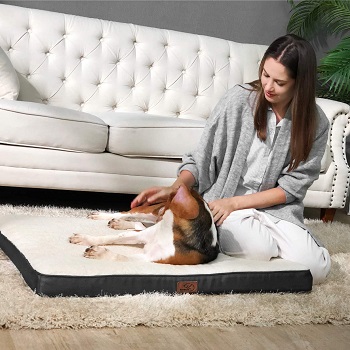

How To House Train An Older Dog Without A Crate
There are a few successful ways on how to potty train an older dog without a crate. Some dogs may never live in a house or apartment before, so it is crucial to teach them to behave. Training without a crate can be a longer and harder way, but some agree that it is a more humane way. If you still need accessories, many dog crate alternatives can be used in the beginning. But, anything is possible with goodwill and some treats. Here are some famous and effective ways on how to do it.
Establish Routine
A dog needs to have a schedule or everyday routine. This doesn’t have to be strict and in a minute, but maintaining a regular walking and feeding routine may benefit their behaviour. Dogs learn specific behaviour quickly and after some time can connect specific sounds with food or going for a walk. Be sure that you keep it every day, especially at the beginning. Once the dog learns it, it would be easier to be still for a longer time when you are absent or forget about their habit. Physical movement during the walk will push them to pee more and be considerate if they need to have more sessions. Never hurry because it may end with negative effects at home.
Use Pads Indoor
In the beginning, it can be easier to help your dog get used to the environment if you provide specific pads during your absent time. You have to teach your dog not to use them as a regular way to relieve, but only in urgent situations. Even if they make a mistake and don’t use it, never rub their nose on the dirty spot. This can be very stressful and cause other problems, like fear and trauma that can prevent them from trusting you. You can use some urine on the pad before to get the smell of other dogs and remind them of open space. For the first introduction try to reward it for using and repeat “pee, pee” near it to get the feeling of what it is for.
Encourage Them To Use The Backyard
If you have a backyard, you should teach your dog to use it. It can be ideal for playing and encouraging them to do it naturally. But, if you don’t have a yard, then you can use artificial grass on the balcony or any open space. Don’t just leave it in the backyard on its own: be sure that you monitor what they do. Tend to repeat orders like pee or poop to teach them to recognize vocal order. What is more, they should feel free and comfortable on their territory to use it for relief. If you don’t want them to use the whole backyard, be sure to mark or limit the free area.
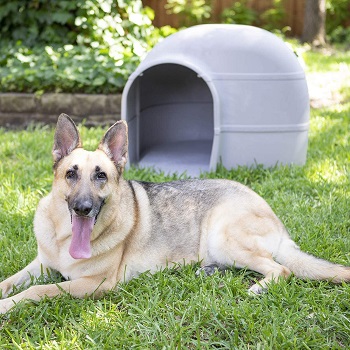

Learn Their Signs
Dogs, like other pets, tend to communicate when they want something. Your dog gives you signals, but you need to read them if you want to react on time. There are different ways of showing signs and each dog has a specific way to stress it, but some are rather general and easy to understand. As it waves its tail when it is happy, it shows when they need relief. It is considered cruel to make a dog hold it for more than 8 hours, so if you want to house train an older dog without a crate you need to be patient and react on time. Usually, the dog will bark or stand next to the door if they need to go outside. Also, it is common to try to get your attention.
Avoid Punishment
Punishment should be the last thing to teach your dog. If you can train a dog to sleep in a crate with the door open, you can teach it to hold it for long enough. Punishment like nose rubbing into the dirty area can only confuse the dog and make the situation even worse. It will start to fear you and this can potentially lead to aggressive behaviour. Especially avoid any type of violence that may lead to anxiety and sadness. Be sure that you reward good behaviour and use it as a way of learning instead of yelling at them.
Be Patient And Understand The Behaviour
Patience is the greatest weapon you can have for training. Even though older dogs are more self-conscious and calmer than puppies, you need to give them enough time to change their behaviour. Understanding of behaviour may help you in the further training and meeting their needs. Dogs communicate actively and you should be able to understand basic behaviour and needs. If you don’t feel confident doing it yourself, be sure to contact a professional.
Repeat
“Repetitio is mater studiorum”, as an ancient Latin proverb says. This applies to dogs, too. When you want to teach them new behaviour, you need to embrace it first and try to use it in everyday life. Some dogs are quick learners, but some need more time to learn behaviour. Repeating also gives them a feeling of routine and feeling confidence and comfort because they know what will follow.
To Sum Up
If you have ever wondered how to potty train an older dog without a crate and it has scared you, it is completely easy. You just need to be very patient and reward any good behaviour. Also, try to make and stick to the routine. What is most important while house training an older dog without a crate, avoid any violent behaviour to prevent future trauma. If you need some of the dog equipment, you may like the electric dog ball thrower or the best wifi pet camera.



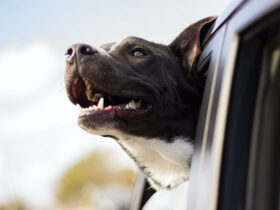








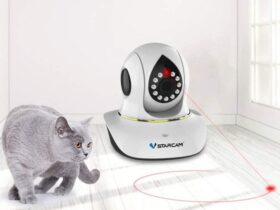

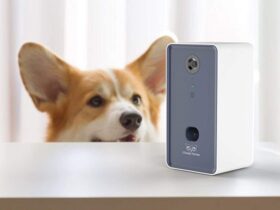
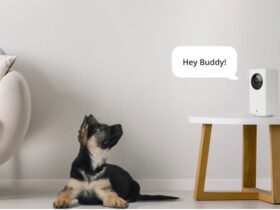
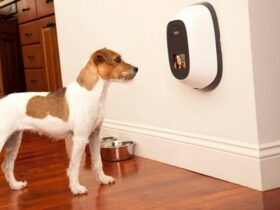

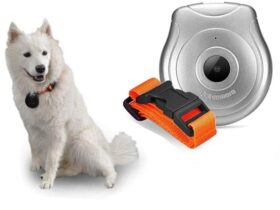
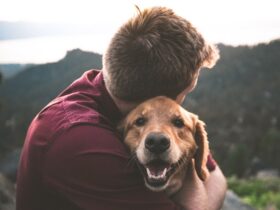

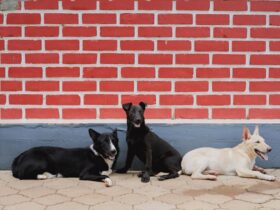
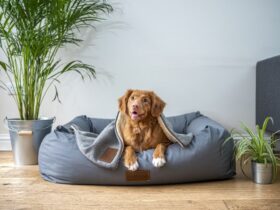

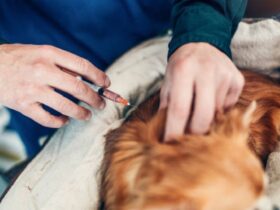
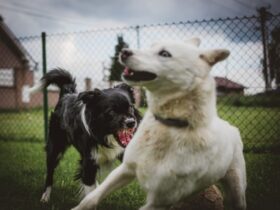

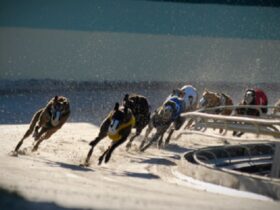


Leave a Reply